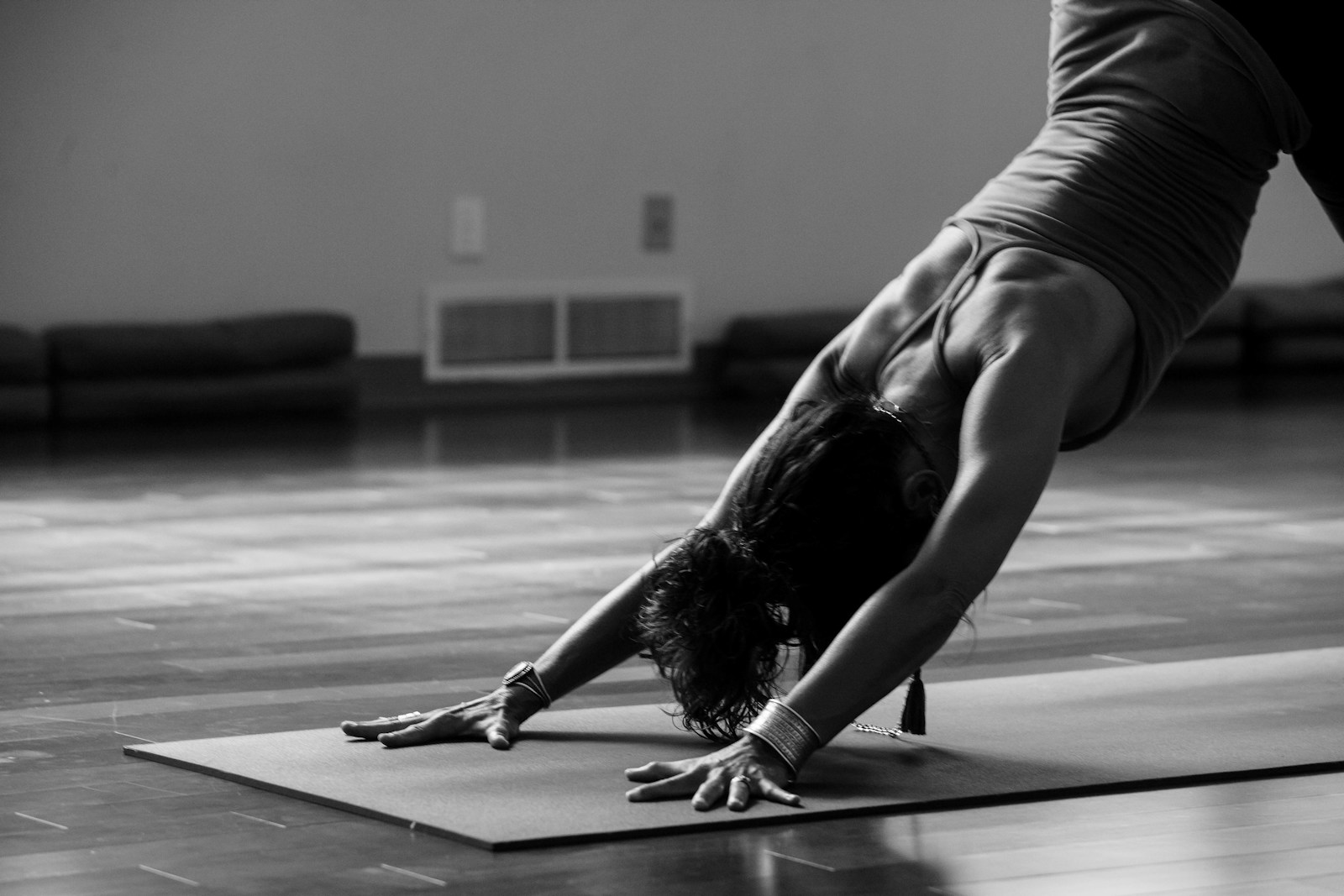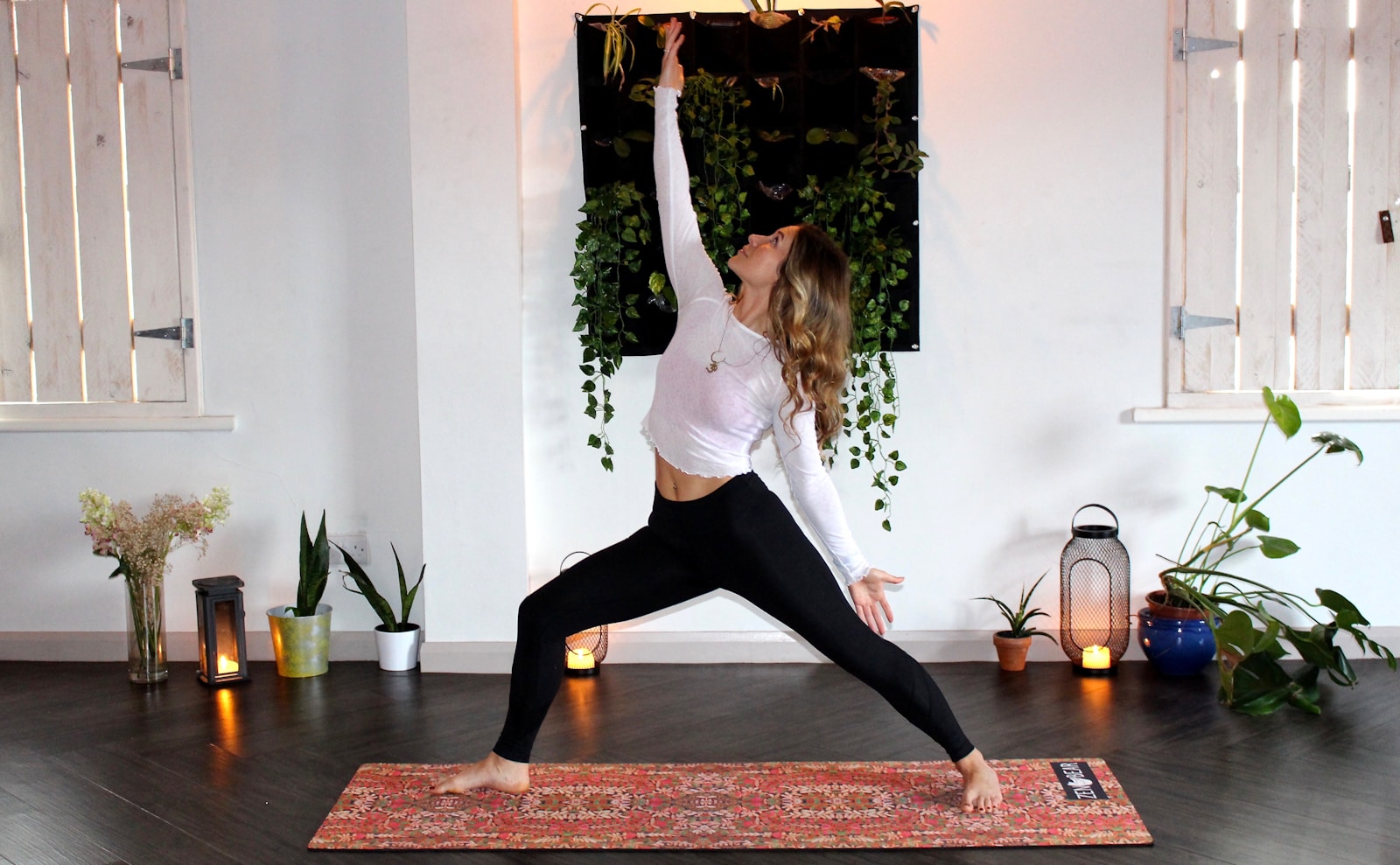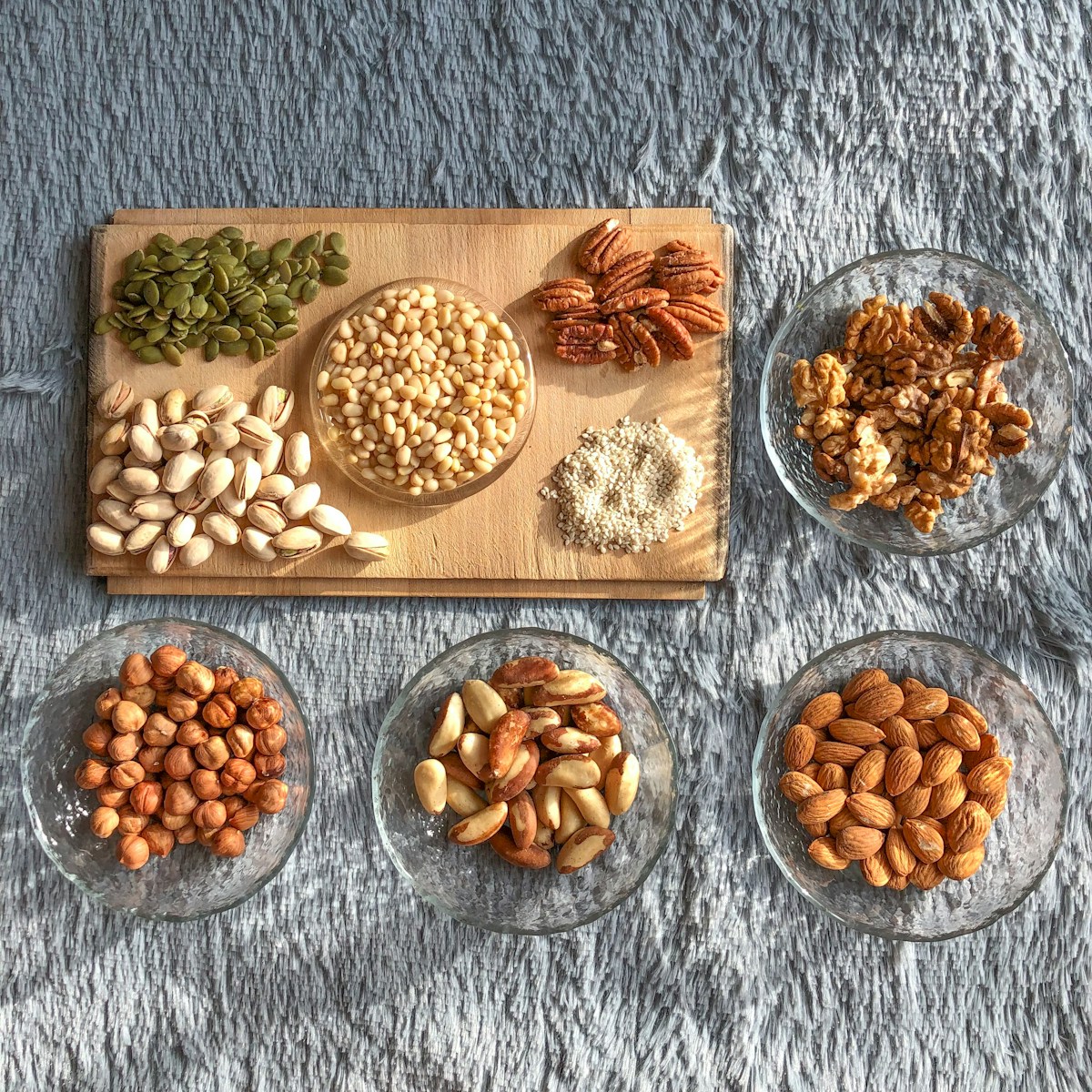As the holiday season approaches, stress levels can skyrocket with the frenzy of family gatherings, company potlucks, and alcohol-infused festivities. However, there is a solution to help you stay lean, practice mindfulness, and reduce stress – hot yoga. This winter, consider incorporating hot yoga into your routine to experience its many benefits.
Hot yoga is a form of yoga performed in a temperature-controlled, humid environment, typically set between 95 and 100 degrees Fahrenheit. The heat promotes sweating, which helps cleanse the body and enhances flexibility. In addition to physical benefits, hot yoga also falls under the category of mindfulness practices, which focus on being present in the moment without judgment.
Research suggests that mindfulness practices, including hot yoga, can reduce symptoms of anxiety and depression and improve overall well-being. The precise mechanisms at play are still being studied, but it is believed that mindfulness may dampen the body’s stress response, providing relief for those who partake in this holistic practice.

So, what are the benefits of hot yoga?
Firstly, hot yoga can increase flexibility. Traditional yoga already offers numerous benefits to the body and mind, but the added heat in hot yoga makes stretching and lengthening muscles easier. This can help reduce tightness, improve posture, and alleviate pain. Increasing flexibility can also prevent injuries and enhance athletic performance.
Secondly, hot yoga is beneficial for heart health. It increases heart rate and strengthens the cardiovascular system. The additional heat in hot yoga improves blood circulation, lowers blood pressure, and reduces stress levels. Over time, hot yoga can lead to increased cardiovascular strength. It also improves oxygen delivery to the brain, enhancing cognitive function and mental clarity.
Additionally, hot yoga can help burn more calories. The extra heat in a hot yoga session increases metabolism, resulting in a greater calorie expenditure. This can aid in weight loss. Hot yoga also improves blood circulation and may alleviate inflammation within the body. By enhancing blood flow to muscles and organs, oxygen and nutrients are transported more efficiently. Reducing inflammation can offer relief to those with chronic diseases and improve overall health and quality of life.
Lastly, hot yoga has a positive impact on mood. The winter season can bring chilly temperatures, making hot yoga a rejuvenating and soul-warming activity. The heat adds an extra layer of intensity to mindfulness, enhancing its transformative power. Research shows that hot yoga can soothe anxiety levels and improve emotional regulation, particularly for individuals navigating high-stress daily routines. It offers a respite from the seasonal chill and a path to serenity with each pose.
Now, you may be wondering if you can practice hot yoga at home. The answer is yes! You don’t need to go to a yoga studio to experience the benefits of hot yoga. Creating a cozy yoga corner in your home with space heaters can help infuse heat into your practice. You can also prepare for an at-home hot yoga session by enjoying a warm cup of tea or a soothing beverage to warm up your body. Taking a bath or shower before your practice can relax your muscles, allowing for easier stretching and bending.
Remember to stay hydrated before and after your session, as hot yoga can lead to increased sweating. Stretching before and after your practice is also important to warm up your muscles and prevent injuries. Finally, finish your hot yoga session with a calming meditation to bring peace and relaxation to your day.












